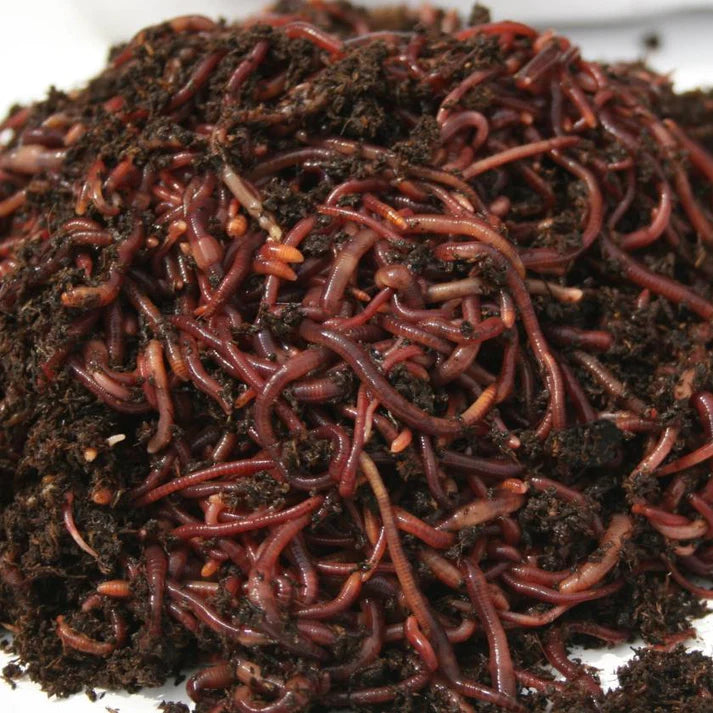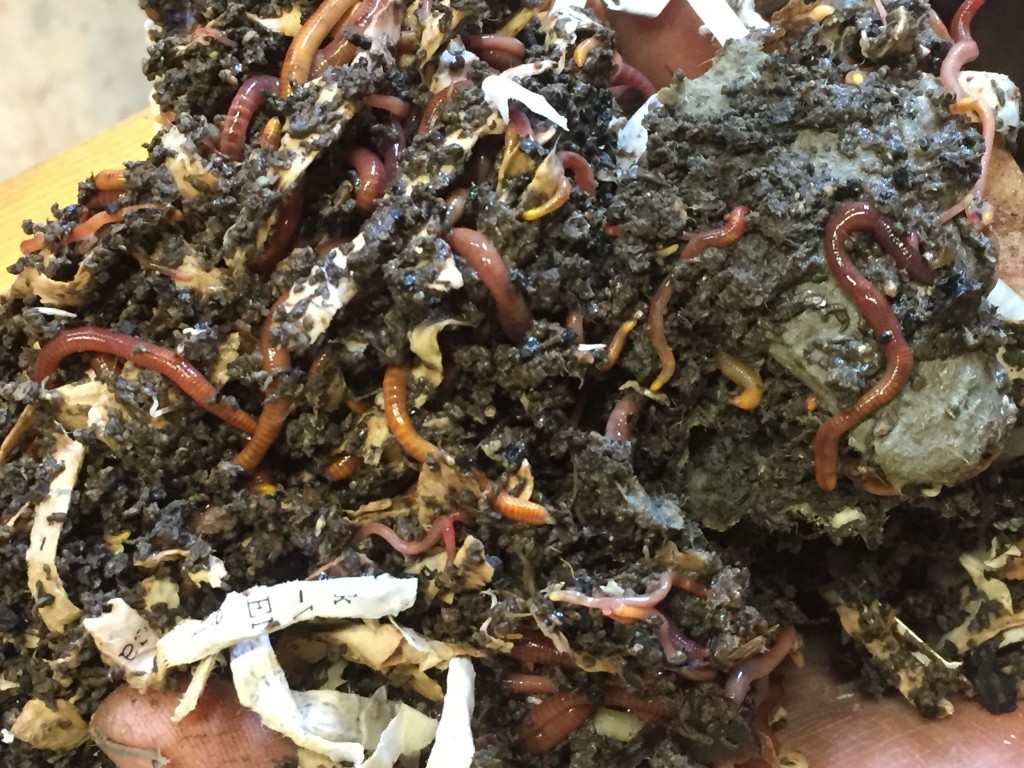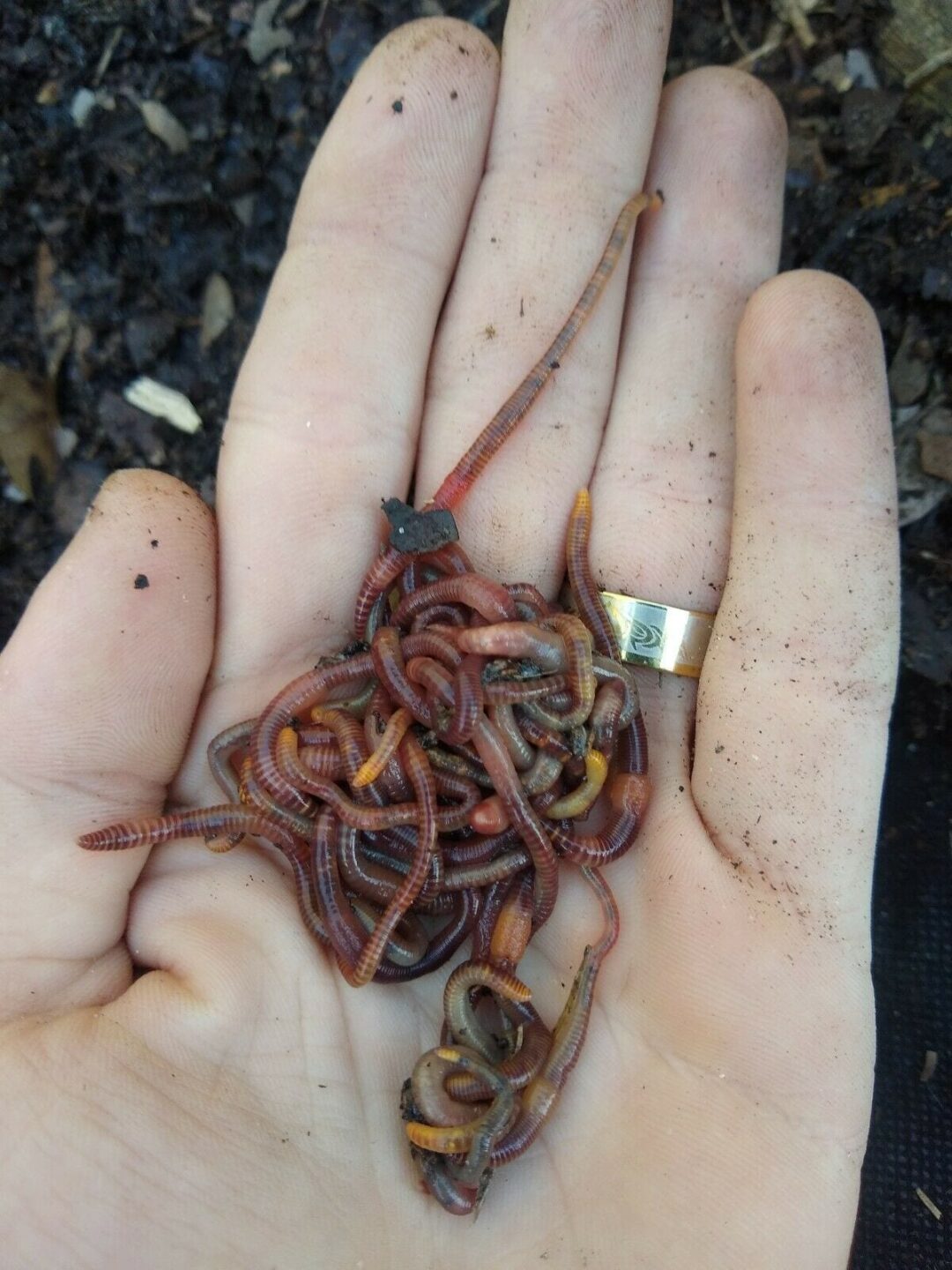Not known Details About Red Wiggler Express
Not known Details About Red Wiggler Express
Blog Article
Red Wiggler Express Fundamentals Explained
Table of ContentsThe Red Wiggler Express StatementsThe 5-Minute Rule for Red Wiggler ExpressMore About Red Wiggler ExpressThe 45-Second Trick For Red Wiggler ExpressRed Wiggler Express for Beginners
It's safe to claim this stuff would certainly have been terrific to include as a to vermicomposting systems! And the prospering Red Worm population? It simply never occurred. Even in the load that was established directly in front of backyard composters with existing Red Worm colonies. Yet these nutritionally-boosted timber chip environments are definitely filled with Lumbricus sp.
Many varieties, consisting of Red Wigglers, European Nightcrawlers, and Lumbricus species were brought over from the European continent. Here's the thingNative or not - and as talented as they are at being able to make it through in a wide-range of environments and conditions -. Simply put, they are even more most likely to hang out in any kind of energetic composting systems you have actually established up, than they are to wander off and begin ruining the setting.
Roots require oxygen for respiration and depend on smooth air movement within the soil to prosper. When it rainfalls, soil can end up being saturated with water, minimizing the oxygen readily available and preventing nutrition absorption. To keep an optimal balance, the dirt has to permit water to drain appropriately, leaving adequate room for air to support origin health and wellness
Little Known Questions About Red Wiggler Express.

When it involves worms for composting, what comes to mind? If you were an earthworm breeder, supplier, or ordinary garden enthusiast, after that you 'd understand that red wiggler worms are the excellent worms for vermicomposting. To get more information concerning these earth marvels, gone through a few of the red worm facts below.
(https://www.anibookmark.com/user/rwigglerexnc.html)Yet if they extend their bodies, you'll have the ability to see the stripes on their skin. When elevating worms such as red wiggler worms, you ought to have the ability to know exactly how to profit them. When you're able to keep and take care of their environment well, and also feed them the right type of natural wastes, after that they'll have the ability to generate nutrient-packed and quality-rich worm castings for you (likewise referred to as worm poop or compost).
Facts About Red Wiggler Express Revealed
What do worms consume? Well, these red wriggler worms can be fed with cooking area scraps and yard wastes.

This habits makes them fit forever in worm containers, compost stacks, and various other restricted rooms where organic waste is plentiful. Producing an optimum setting for red wigglers needs a thoughtful approach. Consider the complying with crucial aspects to care for red wigglers in the house and guarantee their wellness: Make use of a bedding of shredded newspaper or cardboard.

Red wiggler worms recreate by laying small, lemon-shaped eggs in safety cocoons. These cocoons are typically transferred in the bed linens and hatch right into child worms within a few weeks.
The Best Guide To Red Wiggler Express
Their adaptability and strength have made them a prominent option for vermicomposting in numerous areas worldwide. Yes! They can endure from an array of 32F to 90F. They are super versatile pests. Think about safety steps for extremely severe temperature levels such as: Protecting the worm container with layers of straw or leaves.

Just keep in mind - you can constantly include more food later (however it's tough to eliminate feed once it's been added to a bin!).
Because I fed the red wigglers and garden compost worms too much, they weren't able to maintain up and over time the older food went leftover and produced anaerobic conditions that killed the worms. Below're the 6 gold policies for just how frequently and how much to feed your worms: Rule # 1: Moderation!
Red Wiggler Express Fundamentals Explained
Uneaten food will certainly lead to anaerobic problems that will eliminate your live worms. Policy # 6: After the very first feeding, feed the worms 1/3 to 1/2 of their weight.
Report this page